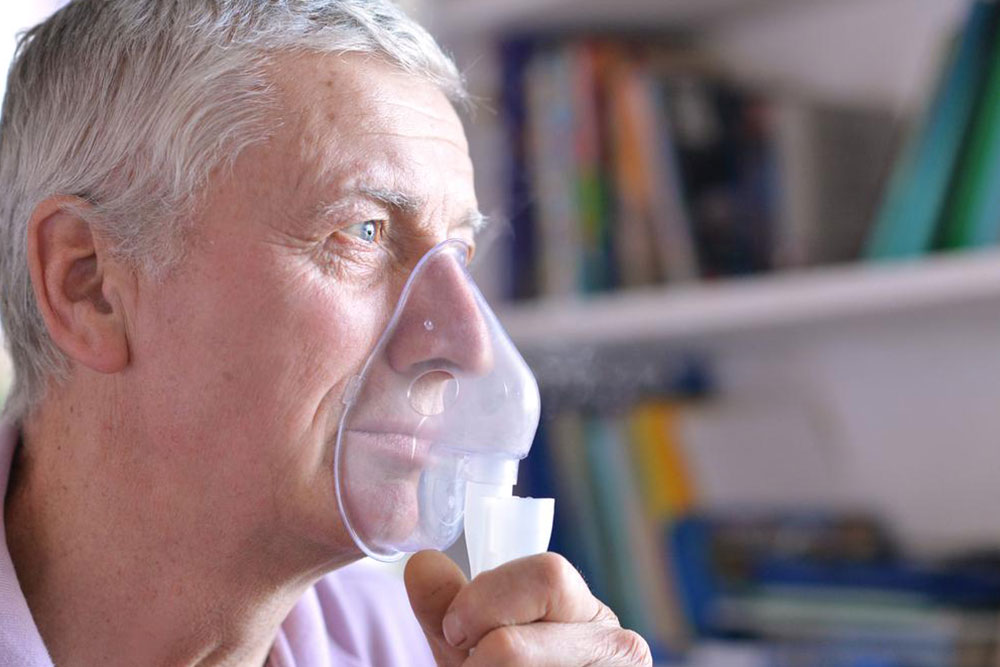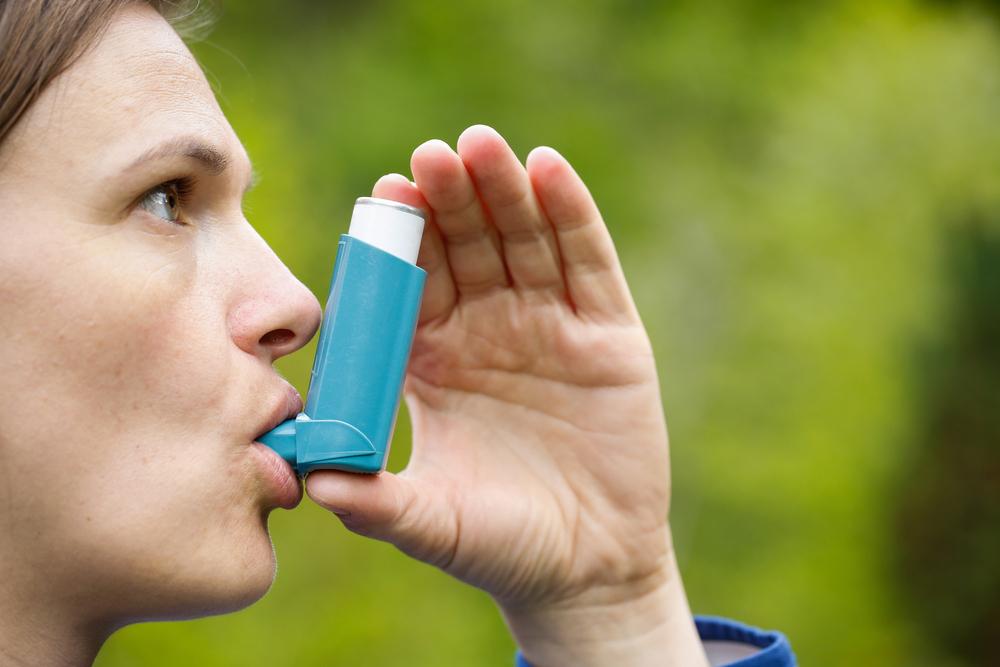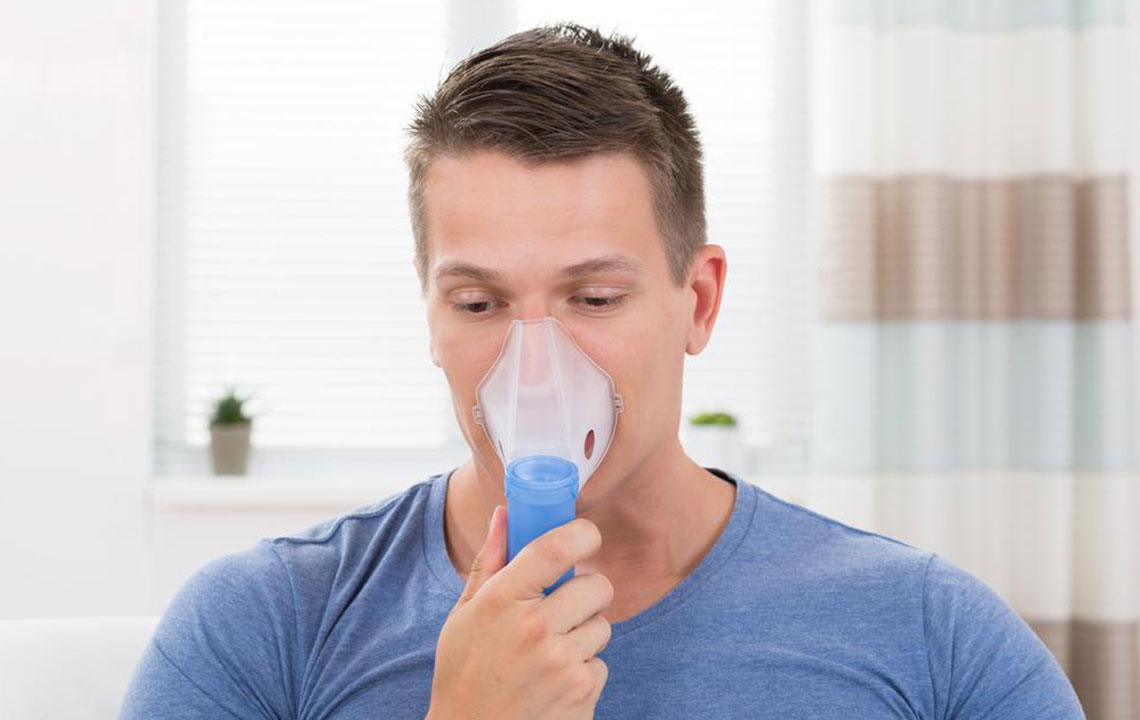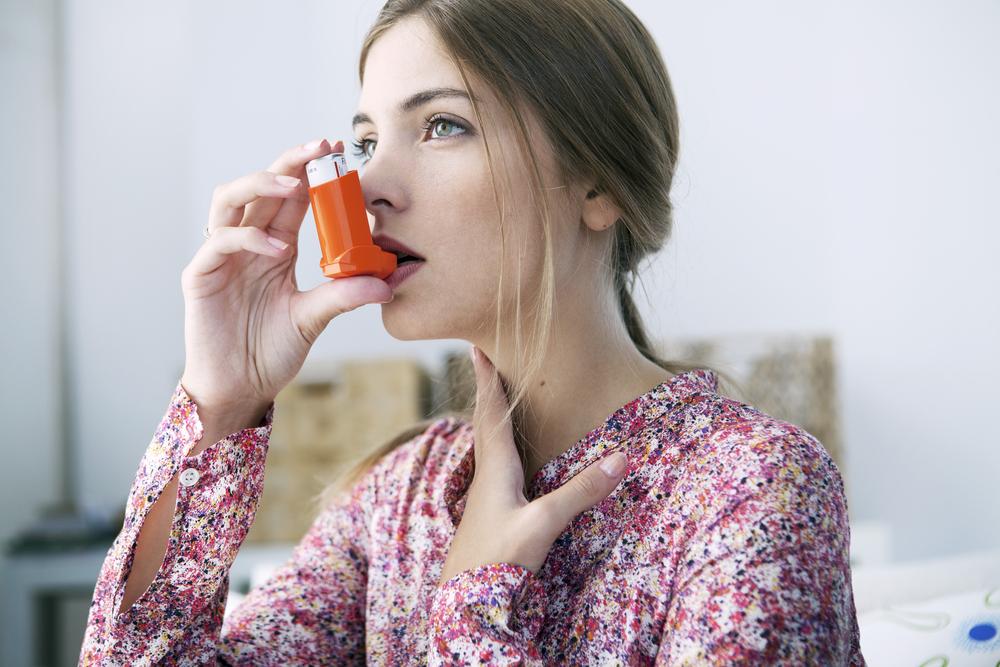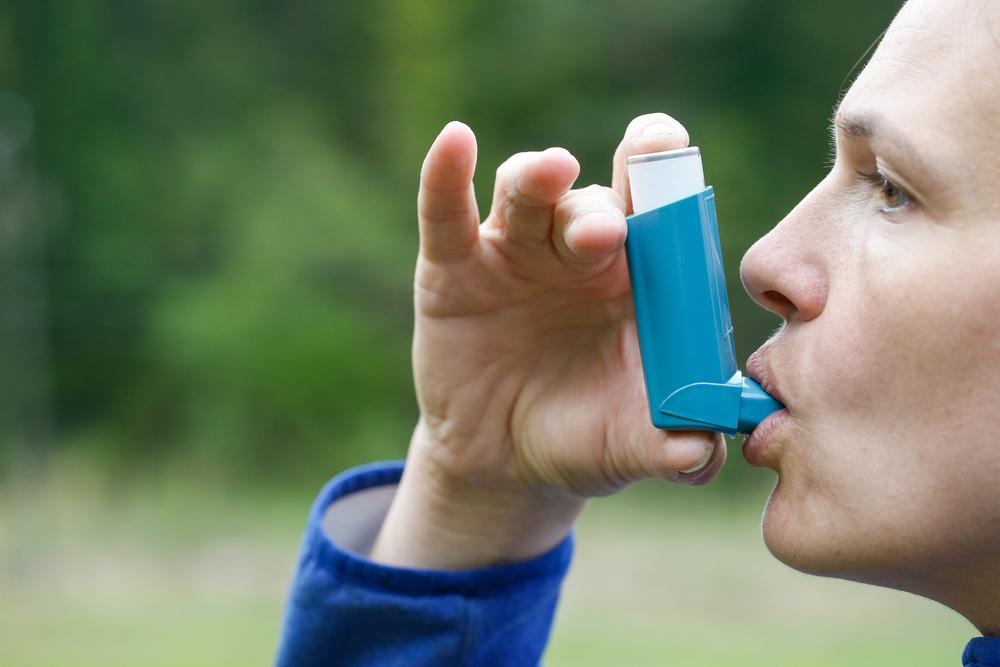Enhanced Oxygen Therapy Techniques for Respiratory Health
This article explores advanced oxygen therapy methods for managing COPD and respiratory conditions. It highlights the importance of long-term oxygen support, safe home use, and proper titration techniques to improve patient quality of life. Emphasizing safety and effectiveness, the piece discusses modern delivery systems and the significance of medical supervision during therapy, ensuring optimal health outcomes for patients with chronic respiratory issues.
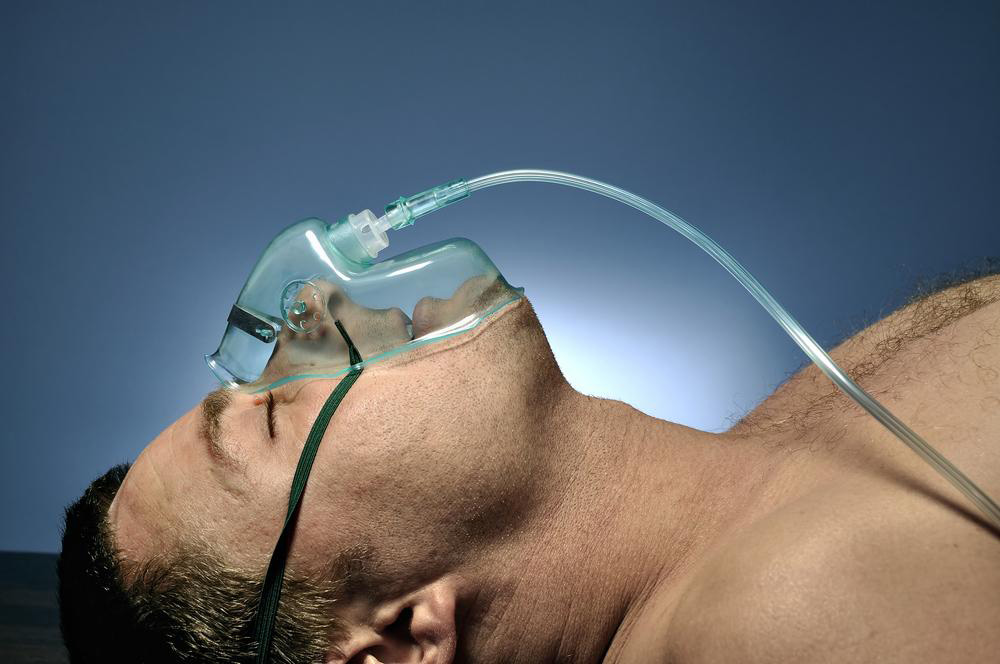
Enhanced Use of Oxygen Therapy in Respiratory Care
Oxygen therapy has been a cornerstone in managing COPD for over six decades. Continuous research has expanded our understanding of its benefits and potential risks. Modern approaches focus on delivering oxygen-enriched air to improve breathing efficiency and physical endurance. For exertion-triggered COPD, supplemental oxygen during exercise enhances stamina and overall fitness, aiding in symptom management.
Long-term oxygen supplementation is vital for patients with chronic hypoxemia—persistent low oxygen levels in the blood. This therapy improves quality of life, reduces breathlessness, and helps prevent right-sided heart failure often associated with COPD. Appliances like concentrators, liquid oxygen systems, and traditional cylinders are used to provide oxygen therapy.
Users should exercise caution with home oxygen systems due to fire hazards, even at low enrichment levels such as 28%. Travel-compatible portable oxygen devices are available. Long-term oxygen therapy, typically requiring 15 or more hours daily, maintains blood oxygen saturation between 88% and 92%, using tools like pulse oximeters, venturi masks, or nasal prongs at set flow rates. Proper titration ensures safety and effectiveness.
Research indicates that administering bronchodilators at 6L/min during COPD flare-ups yields better outcomes. Medical supervision is crucial to prevent complications like carbon dioxide retention, especially during acute episodes of respiratory distress.

